A 3-jaw gear puller functions similarly to its 2-jaw counterpart, but with some key advantages for specific pulling tasks. Here’s a breakdown of 3-jaw gear pullers to help you understand their benefits and choose the right one for your needs:
How it Works:
- A 3-jaw gear puller features a central screw mechanism, three jaws, and a forcing screw.
- The three jaws are designed to grip the component you want to remove (gear, bearing, pulley, etc.) from a shaft with a more evenly distributed pulling force.
- The forcing screw functions similarly to a 2-jaw puller, pushing against the shaft behind the component you’re removing.
- As you tighten the screw mechanism, the three jaws apply pressure on the component from multiple points, providing a more balanced and stable pulling force compared to 2-jaw pullers.
Benefits of 3-Jaw Gear Pullers:
- Reduced risk of damage: The even distribution of pulling force from the three jaws minimizes the risk of damaging the component you’re removing, especially for delicate parts or those with uneven surfaces.
- Grips on irregular shapes: The 3-jaw design can effectively grip components with irregular shapes that might be challenging to secure with a 2-jaw puller.
- Improved stability: The symmetrical grip of the three jaws offers better stability during the pulling process, minimizing the chance of the component or the puller slipping.
Types of 3-Jaw Gear Pullers:
- Standard 3-jaw puller:This is the most common type, featuring three jaws that can be adjusted to grip components of various sizes.
Standard 3jaw gear puller
- Reversible 3-jaw puller:This type allows you to reverse the jaws for pulling internal components (like bearings from a housing) or external components (like gears from a shaft).
Reversible 3jaw gear puller
- Hydraulic 3-jaw puller:This heavy-duty puller utilizes a hydraulic ram instead of a screw mechanism for applying pulling force. It’s ideal for larger or more stubborn components that require significant pulling power.
Choosing the Right 3-Jaw Gear Puller:
When selecting a 3-jaw gear puller, consider these factors:
- Jaw capacity: Similar to 2-jaw pullers, choose a puller with a jaw capacity that accommodates the size of the components you’ll be working with.
- Throat depth: Ensure the throat depth is sufficient to reach the component you need to remove.
- Material: Opt for a puller constructed from forged steel for durability and strength.
- Jaw adjustability: Standard 3-jaw pullers offer adjustability, while reversible pullers provide added versatility for handling internal and external components.
- Hydraulic vs. screw mechanism: For very demanding tasks, a hydraulic puller might be necessary. However, screw mechanisms are generally more affordable and easier to use for most pulling jobs.
Safety Precautions When Using a 3-Jaw Gear Puller:
- Always select the appropriate size and type of puller for the job.
- Secure the jaws firmly onto the component, ensuring a proper fit.
- Position the puller squarely behind the component for balanced pulling force.
- Tighten the screw mechanism gradually and evenly to avoid stressing the component or the puller.
- Be aware of the forces involved and use caution to prevent the component or the puller from recoiling unexpectedly.
By understanding the advantages of 3-jaw gear pullers and considering the factors mentioned above, you can make an informed decision on whether a 3-jaw puller is the best tool for your needs and choose the right one for safe and effective pulling tasks.
Here’s a quick comparison between 2-jaw and 3-jaw gear pullers to help you decide:



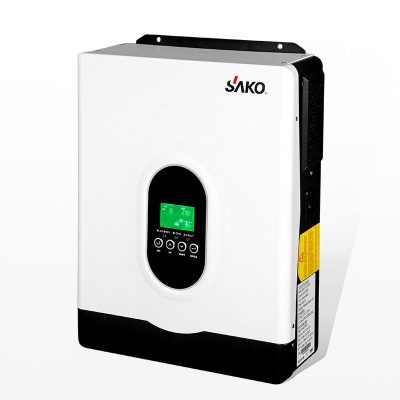
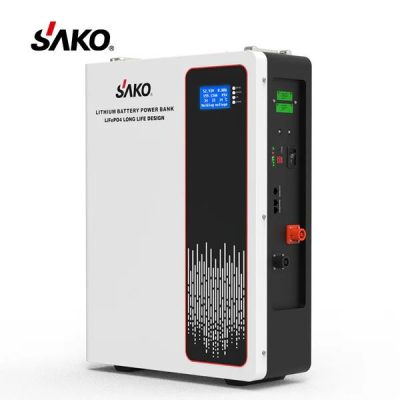

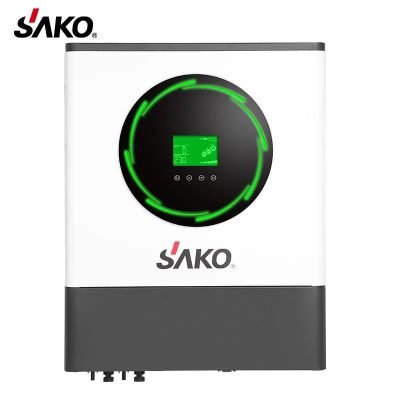

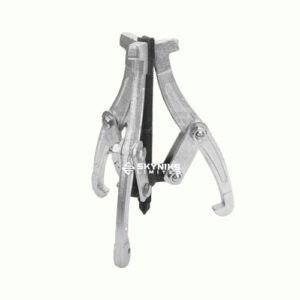
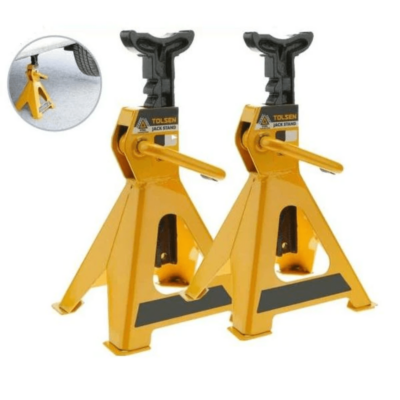
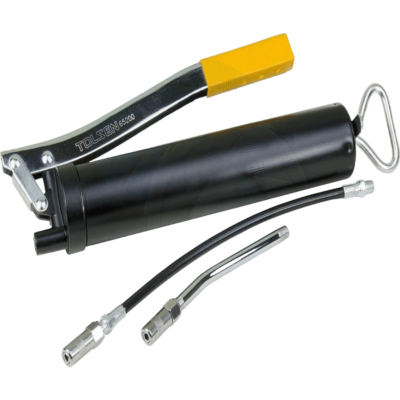
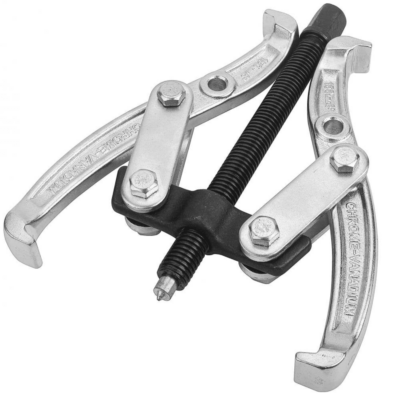

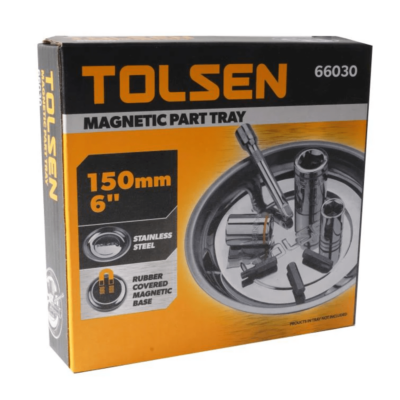
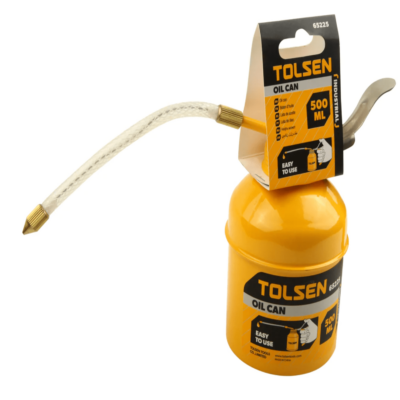
Reviews
There are no reviews yet.